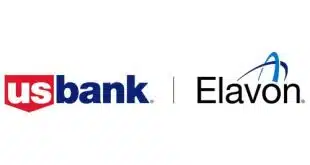It is the bane of the business press that it is prone to hyperbole. This or that development or trend, worthy of being reported but hardly the Second Coming, is heralded as such in tones of institutional sincerity. Such is the temptation with the news, which broke late in February, that megabank JPMorgan Chase & Co. will acquire transactions on its extensive Visa card portfolio.
Courtesy of a license from Visa Inc. of the network’s VisaNet processing software, Chase will be able to operate much like American Express Co., both issuing cards and processing the resulting transactions directly from the point of sale.
Now, to be sure, this is an important development in the payments business. A money-center bank will now have entrée directly into acquiring for the cards in its portfolio, and will exercise greater control over the transaction data that is so vital to merchants these days. But we’re not so sure the news heralds, as some outlets would have it, the end of the traditional four-party payment model (issuer-acquirer-merchant-cardholder) or even of acquiring as traditionally understood.
There are few banks in a position to do what Chase has done. Chase owns Chase Paymentech, the nation’s second-largest merchant processor, giving the bank a crucially important leg up in this new venture. You can count the number of other banks in a similar position on the fingers of one hand. U.S. Bancorp is a possible candidate, owning as it does the Elavon merchant-processing business. Both Bank of America Corp. and Wells Fargo & Co. operate major acquiring units, as well, but these are both entangled in alliances with First Data Corp. that could hamper efforts to emulate Chase.
Most banks will likely continue to stay out of acquiring or follow a third-party model, using contracts with processors and independent sales organizations to manage merchant relationships. In other words, acquiring is likely to survive more or less in its present form. We’ll leave aside here the question whether that is a good or bad result.
The plain fact is that, since the two bank card networks went public—MasterCard Inc. in 2006 followed by Visa in 2008—this sort of development between Chase and Visa was probably inevitable. The networks serve shareholders now, and these are not all issuing banks looking to retain entrenched positions. Those IPOs have unleashed concepts and technologies that were unthinkable under the old regime of strict issuer control—a trend that has only been exacerbated by the sudden appearance of new markets such as mobile payments.
If it’s a revolutionary change you’re looking for, look again at those IPOs.
John Stewart, Editor
john@digitaltransactions.net




